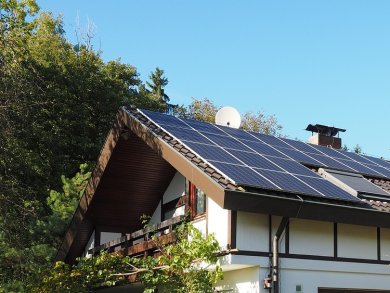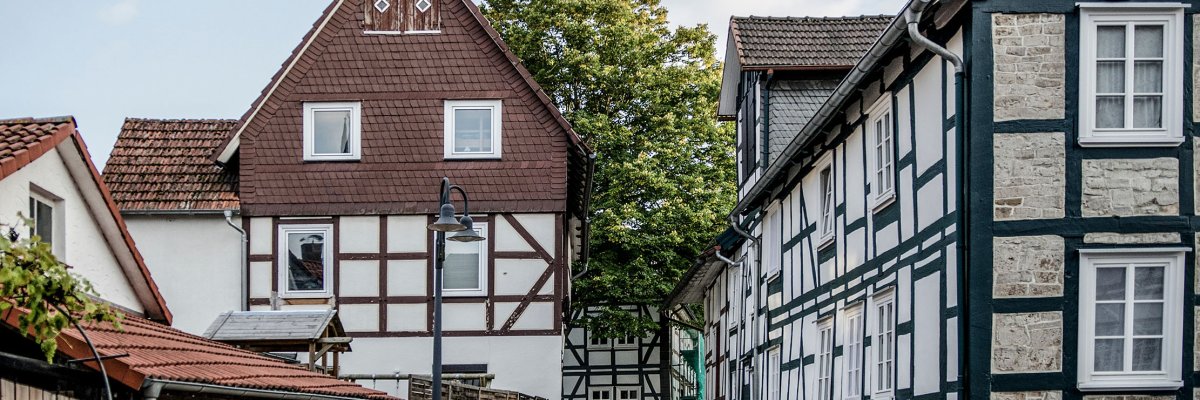Monument protection
Monument protection in Waldeck-Frankenberg
Architectural monuments are not only churches, castles and palaces - even normal houses or factories can be architectural monuments. However, building owners can breathe a sigh of relief: monument protection does not mean standing still, all structural changes only have to be approved with the district of Waldeck-Frankenberg as the monument protection authority. In most cases, the approval is included in the building permit. The architectural monuments in our district are listed in so-called working lists, which can also be viewed at the towns and municipalities. The district is happy to provide support and advice here.
The State Office for the Preservation of Monuments has created a database in which all cultural monuments in Hesse are presented online - including site plans, images and information. The topography of monuments in the northern district of Waldeck-Frankenberg is currently being compiled. The state of Hesse can be contacted if you have any questions about the list of monuments. Official monument certificates are issued by the State Office for the Preservation of Monuments.

Monument Protection Award
The district regularly donates a prize to promote the preservation of historical monuments, which is awarded to natural and legal persons for special, exemplary achievements in the preservation of historical monuments.

Photovoltaics and solar thermal energy for listed buildings
Further information on the parameters that need to be taken into account when equipping listed buildings with photovoltaics or solar thermal energy can be found here.
